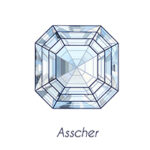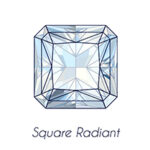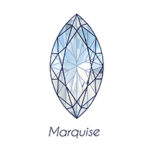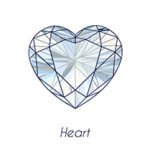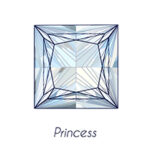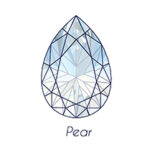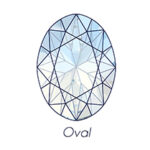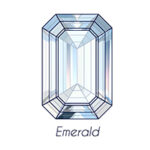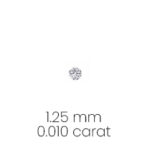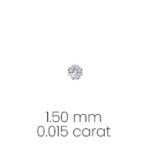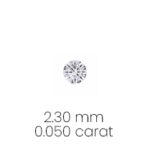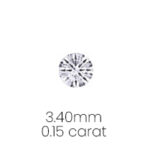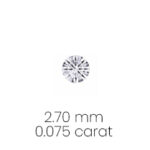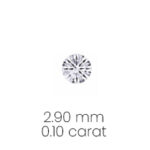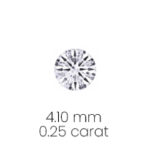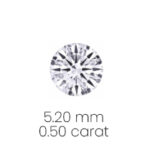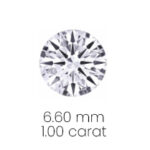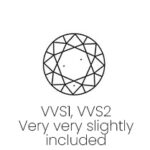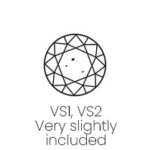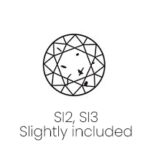Natural Diamonds
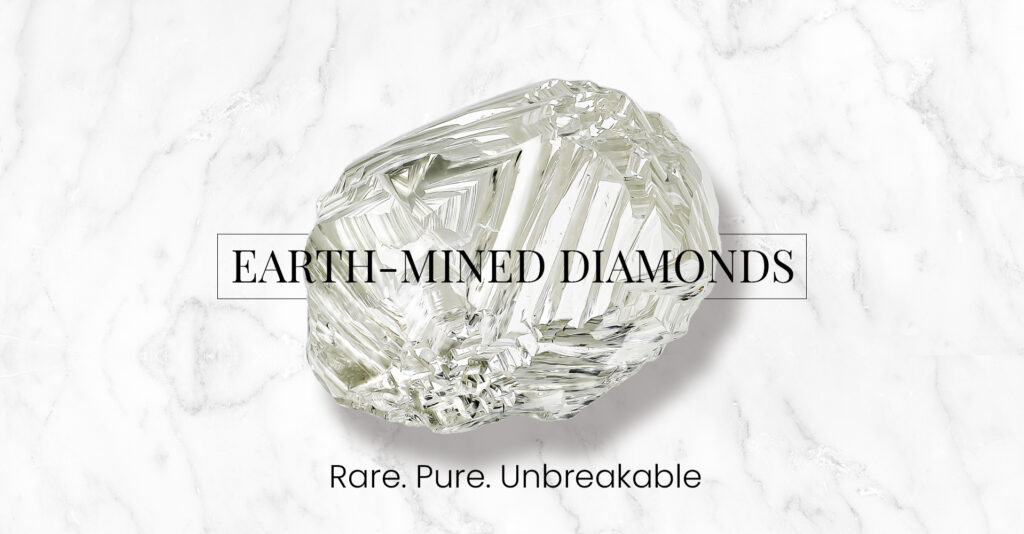
What Are Natural Diamonds?
Earth-Mined Diamonds are the only gem made of a single element. A Diamond is typically about 99.95 percent carbon. The other 0.05 percent can include one or more trace elements, which are atoms that aren’t part of the diamond’s essential chemistry.
Diamonds are formed under high temperature and pressure, which are conditions that exist about 100 miles beneath the earth’s surface. The Diamond’s crystal structure is isometric, which means that the carbon atoms are bonded in essentially the same way in all directions.
Without any one of these factors, Diamonds might be just another mineral. Fortunately, though, this special combination of chemical composition, crystal structure, and formation process gives diamonds the qualities that make them extraordinary.”
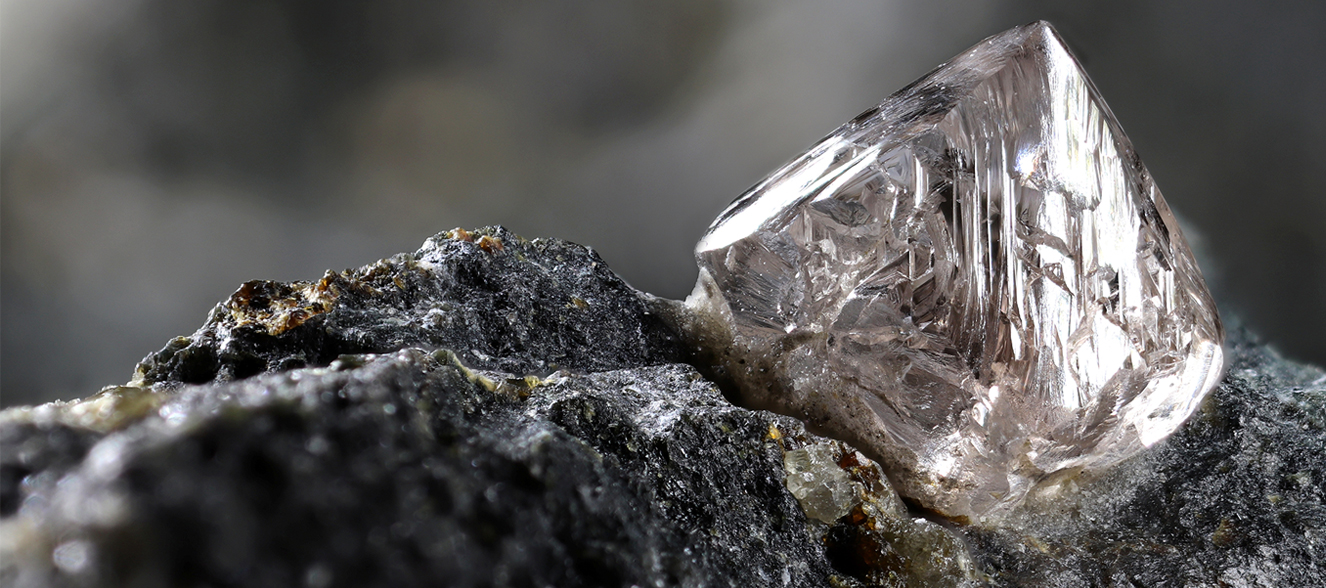
The 4 C's
COLOR. CLARITY. CUT. CARAT WEIGHT.
Cut
Cut determines how a natural diamond interacts with light. Shape, symmetry, and proportions determine how a diamond transmits light and sparkles.
The cut of a natural diamond determines how it interacts with light. The Cut Grading System assesses a diamond’s cosmetic appearance, including its brightness, fire, and scintillation, which make up the way a diamond reflects light, dispersing it into color, and sparkles.
To maximize its beauty, natural diamond cutting requires a mix of artistry and precision. Which is why the cut grade also judges a diamond based on the craftsmanship that went into it, meaning the diamond’s final symmetry, polish, and proportions.
Carat
Carat is the measurement of a natural diamond’s weight. Every carat is 200 milligrams. A full carat diamond is becoming rarer by the day.
The carat of a natural diamond is the measurement of the diamond’s weight. The carat derives its name from the carob seed, a small, uniform seed with a commonly equal weight. These seeds were used to balance scales in early gem trading before the metric carat was created as the universal form of measurement.
A full carat diamond weighs 200 milligrams, and full carat and larger natural diamonds are becoming rarer by the day as supply continues to decrease and no significant deposits have been found in decades.
Clarity
Clarity refers to a natural diamond’s absence of inclusions. The extreme conditions by which diamonds form in the Earth can result in inclusions within the stone and external blemishes.
Natural diamonds formed deep within the Earth, and as a result, they often carry unique markings called inclusions or blemishes. These common markings are usually the result of non-carbon elements or interruptions during the extreme heat and pressure a diamond goes through while forming deep within the Earth, and can be considered small time capsules that tell the story of the natural diamond’s formation.
A diamond’s clarity refers to the absence of these inclusions or blemishes. Natural diamonds that form without any inclusions are extremely rare and deemed “flawless” on most grading scales. These rare diamonds are some of the most valuable in the world.
Color
Color Grade most often reveals a natural diamond’s lack of hue. Excluding “fancy colors”, the closer a natural diamond is to “colorless”, the rarer and more generally valuable it is.
A natural diamond’s color grade is usually a measure of how colorless the diamond is. Most natural diamonds appear colorless to the average shopper but have slight tones of yellow or brown. The closer the stone is to colorless, the rarer and generally more valuable it is. Natural diamonds are graded on a color scale ranging from D (colorless) to Z (heavily tinted brown or yellow).
Diamonds can also form naturally in almost any color imaginable because of factors apparent in the earth when they form. Most of these natural “fancy” colors are so rare that their value can be limitless, and they are graded on a scale more closely describing the visible color.





